Especially if you’ve never had much success in the past. So, to help you out, we’ve compiled our 8 top tips for achieving infographic success. Outlook Infographics guide.
1. Pick an unexpected topic
Infographics are hardly new, so to stand out, you need to ensure that what you are producing is unique. Unexpected topics are not only new to the reader, but they are also far more effective at catching their attention. You’ll have much more fun creating it and will generate far more buzz and engagement.
2. Bring in an expert
All of the best infographics are backed up by solid evidence. Don’t just make bold claims for the sake of it. And by bringing in an expert on the topic, you will discover intriguing and interesting points to include. Much more so than what you’d discover with a basic Google search.
3. Shape the data
Infographics are very visual. They offer you the chance to relay complex findings in a way that is easy to digest. And the best way to do this is by shaping any data through visual representations. Such as bar graphs, pie charts and any other designs you have in mind.
4. Make it relevant
Make any content 100% relevant to both the topic at hand and your target audience. Infographics aren’t meant to be packed full of data, so you should not have any trouble finding enough information. Once you have it all, include only that and include zero waffle that will bore the reader.
5. Be accurate
Never make bold, unsubstantiated claims or guesses in your infographic. The worst thing that could happen is you get called out on it by a viewer. As such, always try to be completely accurate in anything you say. This is where bringing in an expert helps!
6. Don’t hide the story
Some of the most successful infographics are those which are focused around a core story. This could be based on a personal experience or that of someone else. Then, we’ve your points around this central theme. Following on nicely from this…
7. Use visual storytelling
Remember, it’s not just words that tell a story. Instead, make use of the visual nature of infographics to make your story more realistic and engaging. You could introduce a central design for the infographic and then, as the reader scrolls down, the story is brought to life through imagery.
8. Create something memorable
Last, but certainly not least, your focus should always be on creating something memorable. What use is your infographic if someone scans it once and then forgets what they’re told? Be sure to put in maximum effort towards something you know your audience will love to share and that is visually appealing enough to stick in their minds.
By following each of these 8 tips, you should be well on your way toward producing truly unforgettable infographics. Or, if you’re looking for help with your marketing efforts, then check out our infographic design service.
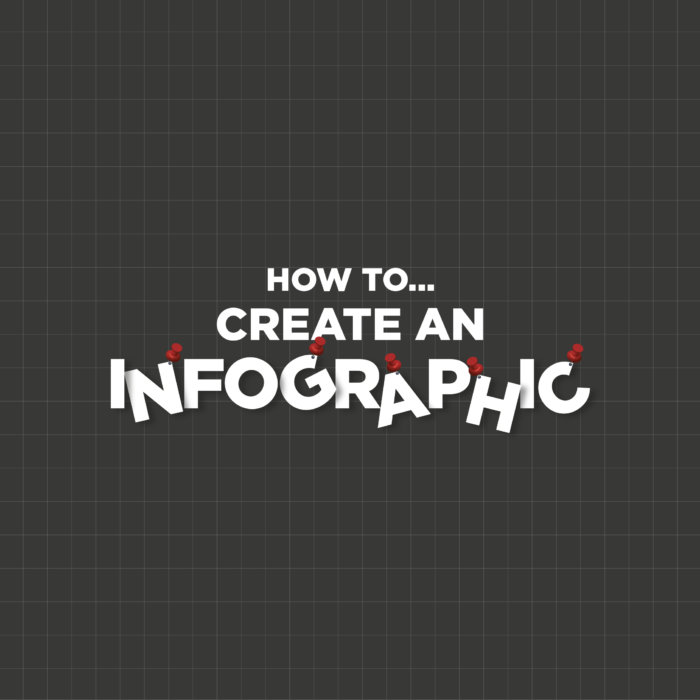

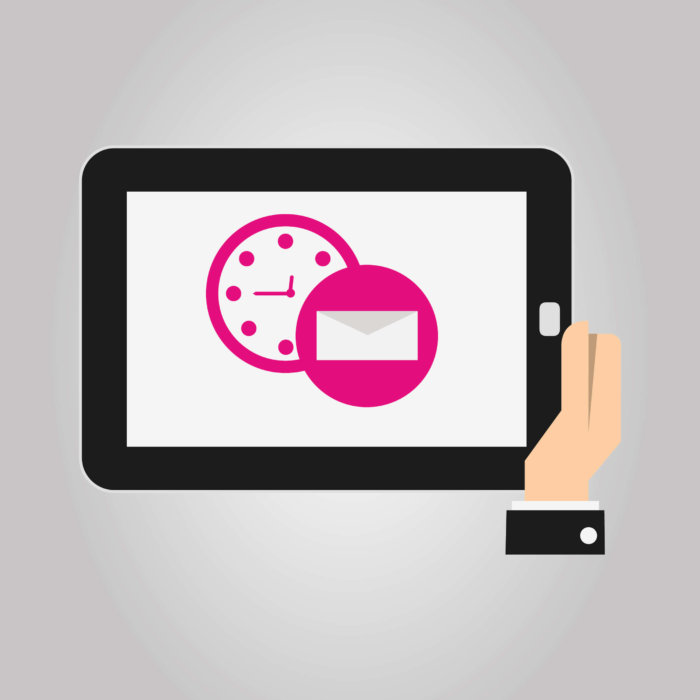

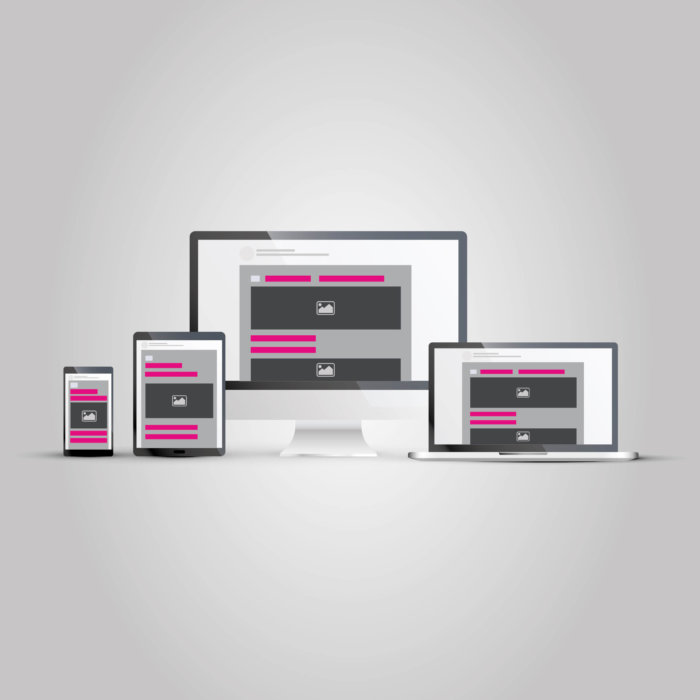
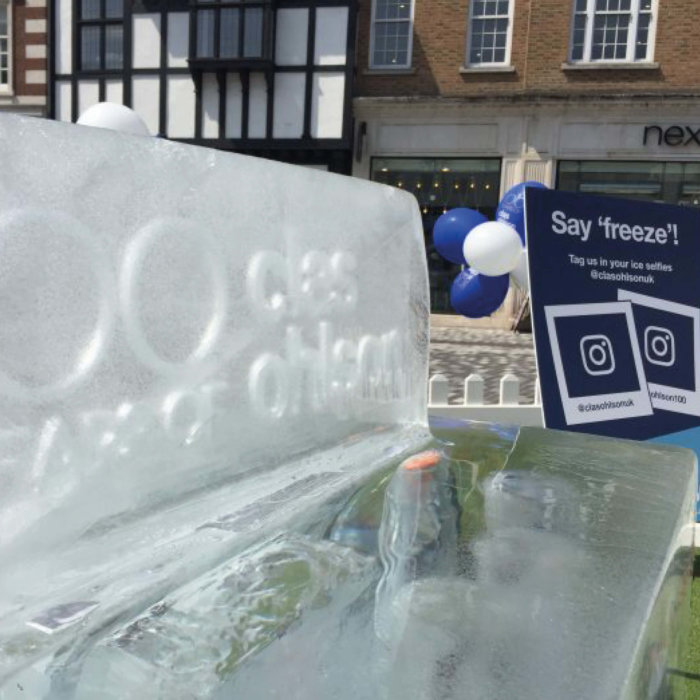


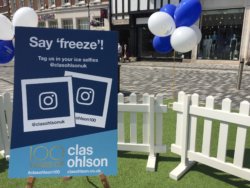

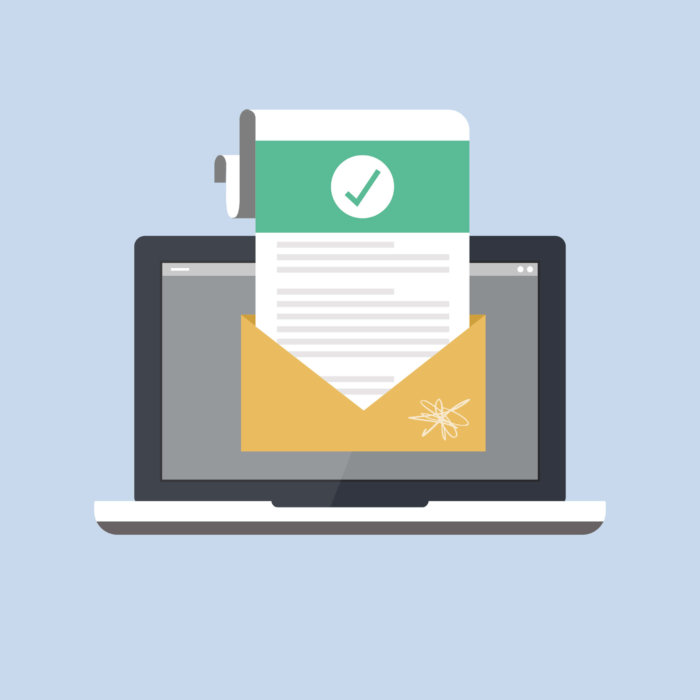
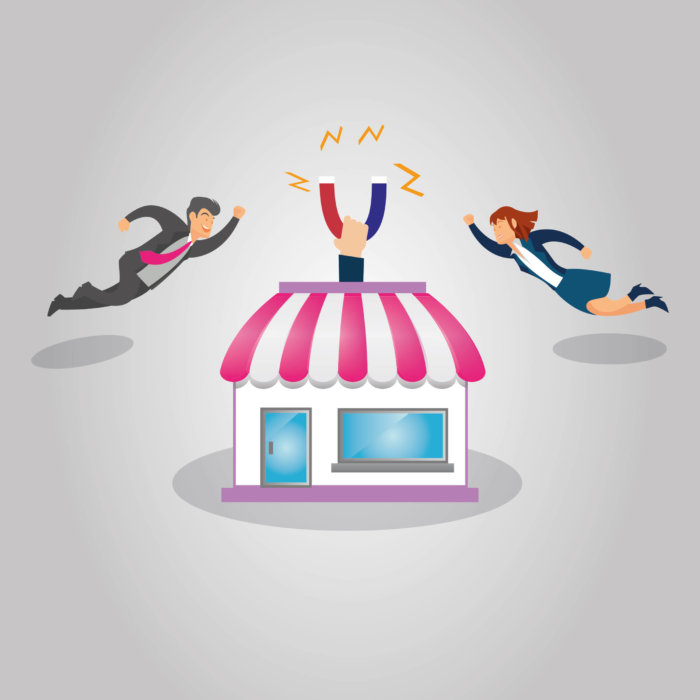
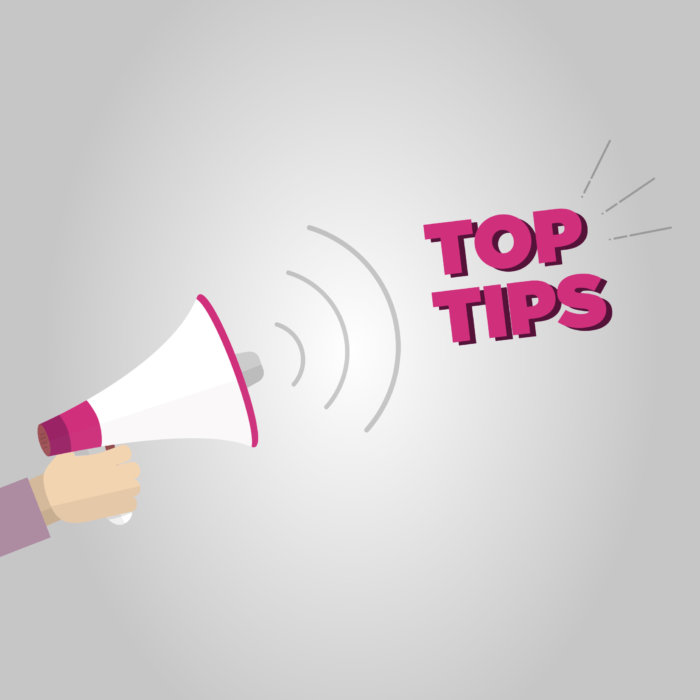
Recent Comments